Honda: Localization Will Speed Up Development Times For Next-Generation Fit
The days of having to wait for a new model to roll out across different regions may be over. Honda is using its regional R&D centers to help speed up introduction times for the next-generation Fit, something that could become the norm over the next few years.
Aside from strengthening R&D bases in emerging markets like Brazil, where Honda plans to double its staff from 100 to 200 workers, the move comes as consumers are able to instantly access information on new model launches across the globe, thanks to the internet. Consumers have apparently become impatient with having to wait for a new model roll out and are reluctant to purchase an older car if a new one is said to be around the corner. The unified rollout schedule will apparently solve that issue.
The last generation Fit was introduced in 2007, but it took until 2009 to be introduced across the globe. The lag time stemmed from making changes so that the Fit could be built at various assembly plants using locally procured parts. With the next generation Fit, different regions will draw up their own designs best suited for regional production and local parts suppliers. The changes will likely be a number of “under-the-skin” differences related to vehicle assembly rather than fundamental cosmetic or mechanical differences.
More by Derek Kreindler

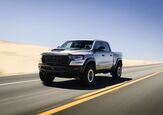
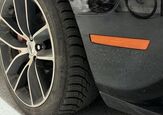

















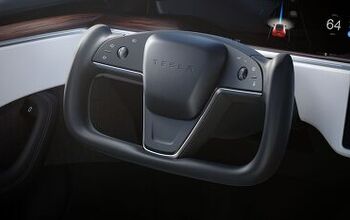
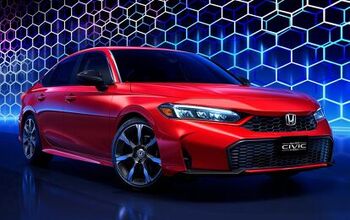


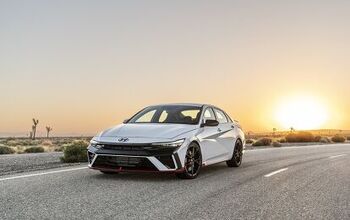
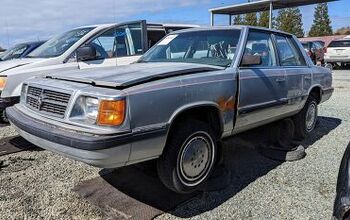
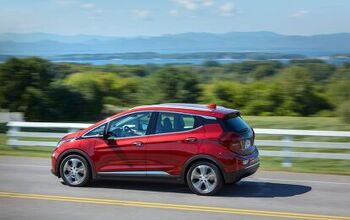

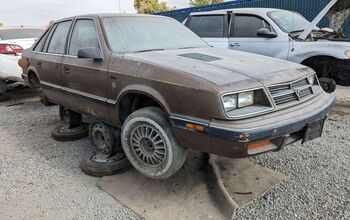
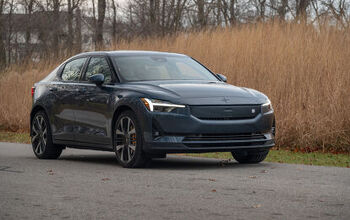
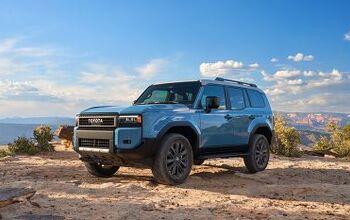
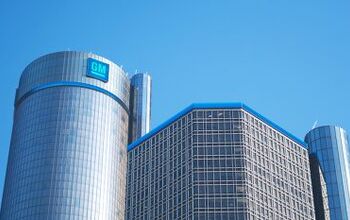

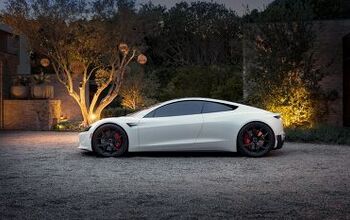
Comments
Join the conversation
So, Honda is taking its world wide production cues from GM of the nineteen sixties.
Anyone who is actually interested in how Honda manufacturing works these days and who is responsible for what should read this from the Society of Automotive Engineers: http://www.sae.org/mags/aei/manuf/11362 Honda USA is responsible for manufacturing techniques worldwide in their 30 or so plants, Japan included. Go on, have a read, I dare you. Half of all Honda cars are made in North America, which is why they're in charge. These folks in Brazil are local detailers to adapt the main process for local conditions.
Hey why not? The Fit's complete and total lack of post 90's technology means they face basically no threat of IP theft. I kid, and I also like the car (used to own one), but really, it's a taller late 90's hatch-back. Most technologically primitive car I can think of off the top of my head, at least in the US.
The problem is no current Fit owners will be able to buy a new fit, because they're all still on their first interstate entrance ramp doing 45mph. Seriously, Fit drivers are always awful.